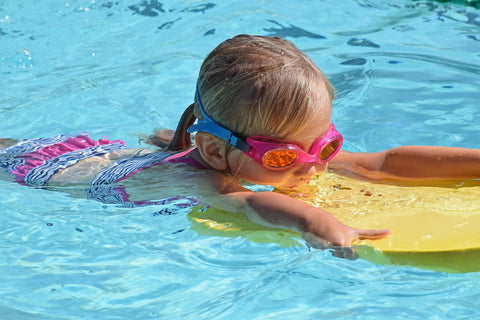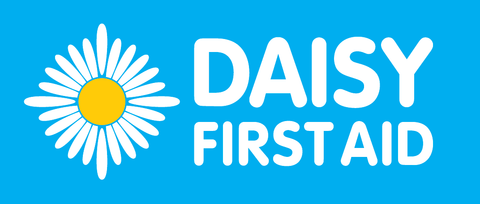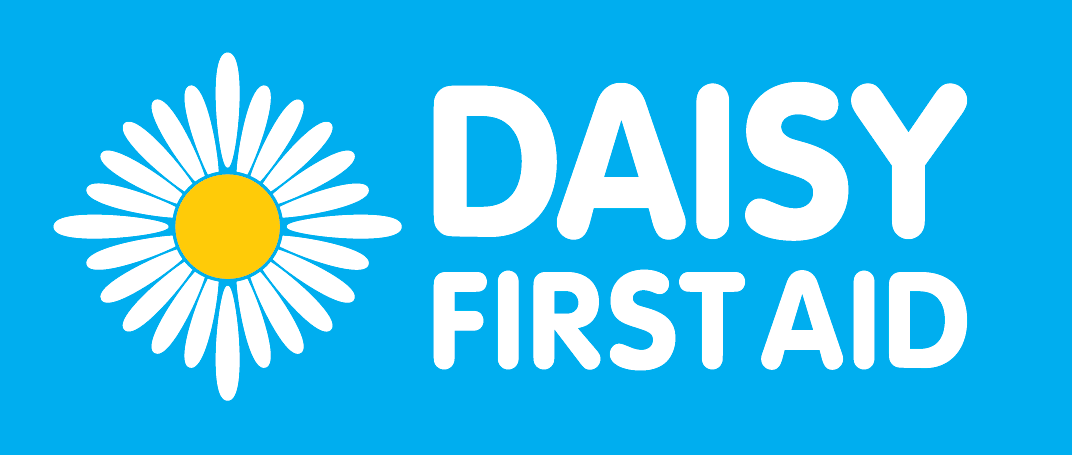The weather is finally getting warmer! This is something that most of us have been looking forward to after a long winter.
Summer can also a time when children can be at risk from accidents or illness.
Many accidents are avoidable and the best thing is to try to anticipate and prevent them if possible.
1. Check the UVA star rating on your child’s suncream
Parents select factor 50 suncream and understandably assume this is sufficient protection. The factor indicates the level of protection against UVB rays, which are the main cause of sunburn, but UVA rays are also damaging. The level of UVA protection is indicated by a star rating (often displayed on the back of the bottle, with 5* indicating the best UVA protection level). Some well known brands may be factor 50 but only have a UVA protection rating of 3* which is lower than recommended, and therefore children may still be at risk of skin damage. Many supermarket branded factor 50 creams have a full UVA protection rating of 5* for a fraction of the cost so it’s worth shopping around.

2. Water Safety
Drowning happens silently. A drowning child can’t speak or control their arms. They slip quietly under the water.
Children can drown in as little as 5cm of water so ensure that you empty the paddling pool after you’ve finished using it and if you have a pond in your garden, consider converting it to a sandpit or fence it off.
Teach children from a young age about the dangers of the sea and always to swim between the flagged area patrolled by lifeguards. Dress your child in brightly coloured swimwear (not blue) so they are easily visible and always supervise children when they’re playing in the sea.
Inflatables can easily be swept out to sea in the wind so it’s best not to use them if it’s windy.

3.Heat exhaustion
Heat exhaustion is the body’s reaction to loss of water and salts due to excessive sweating. It tends to affect children in the afternoon when they have been running around all day in the warm weather. The body temperature raises above 38 degrees and if it is not treated quickly can lead to heatstroke. They may look pale and sweaty, have a loss of appetite, nausea, vomiting and stomach cramps. They may say they feel cold but will be hot to touch.
Obviously its best to prevent heat exhaustion by avoiding the midday sun, wearing a sun hat, seeking shade and drinking plenty of fluid, but if you think a child is suffering with heat exhaustion:
- Move them to a cool area out of the sun and give them water to drink.
- Remove excess clothing and lay them down.
- Oral rehydration solutions or isotonic drinks can be given as they also replace body salts (but always read the label and gain parental consent). If your child won’t drink fluid then ice lollies and jelly can be good options for helping to rehydrate them. If your child has suffered any of these symptoms, always obtain medical advice, even if they seem to have recovered.
4. Poisoning
Suspected poisoning is one of the most common reasons for a young child to be taken to A&E. Check up on the plants in your garden! Especially if you have an adventurous baby who likes to put anything and everything in their mouth! Many common plants can be harmful, such as Rhubarb leaves, Lily of the valley, Foxgloves, Holly and Ivy berries and even Daffodil bulbs.

5. Open Windows
Fit safety locks to windows, or catches to prevent them opening too wide and take care not to place furniture in front of windows so that children don’t have anything to climb on. Children can be escape artists and at this time of year windows are often left open. Many young toddlers can open windows and squeeze through small gaps.

Buy a handy daisy first aid kit to carry in your baby bag and book a daisy first aid class!


